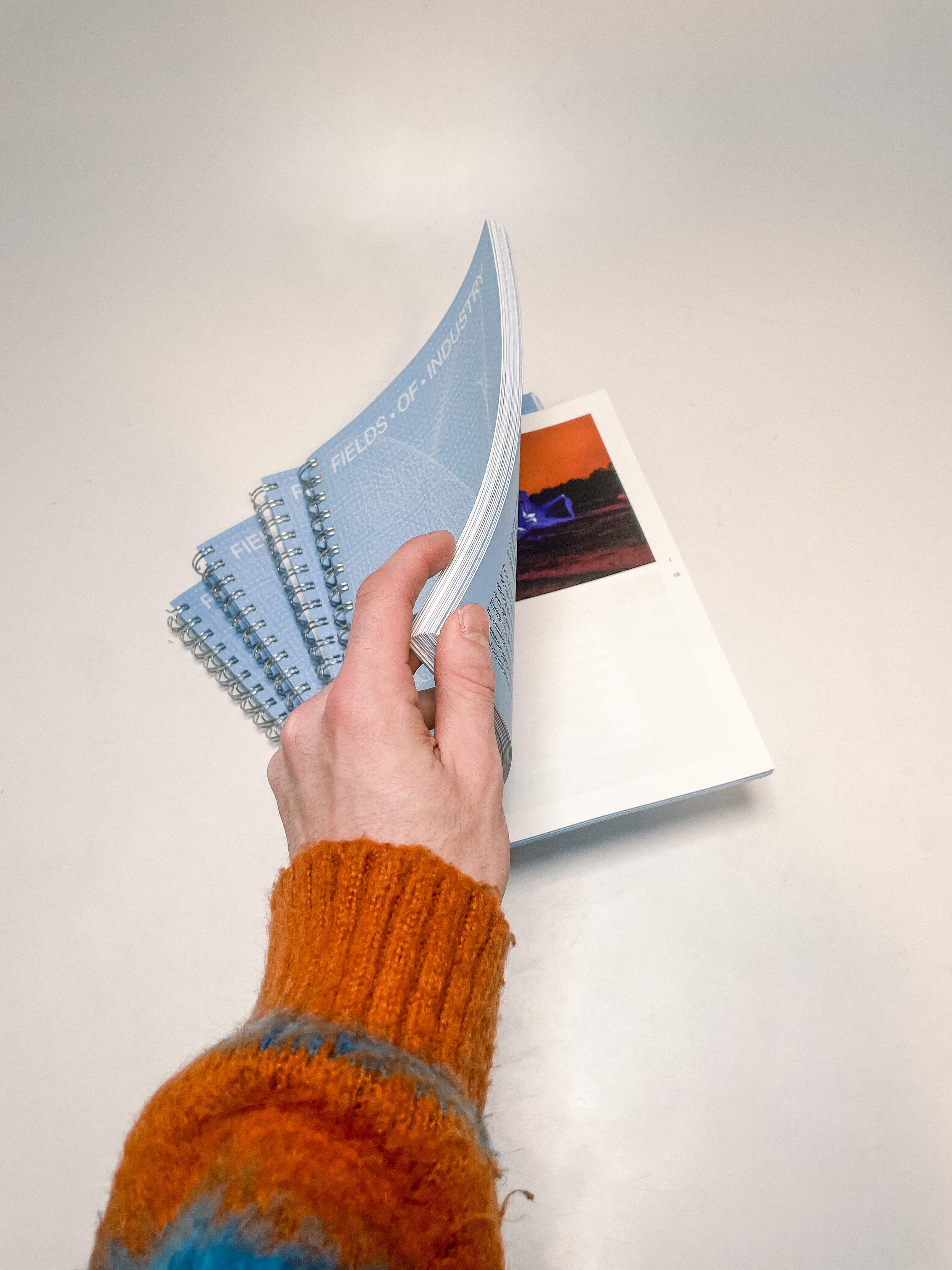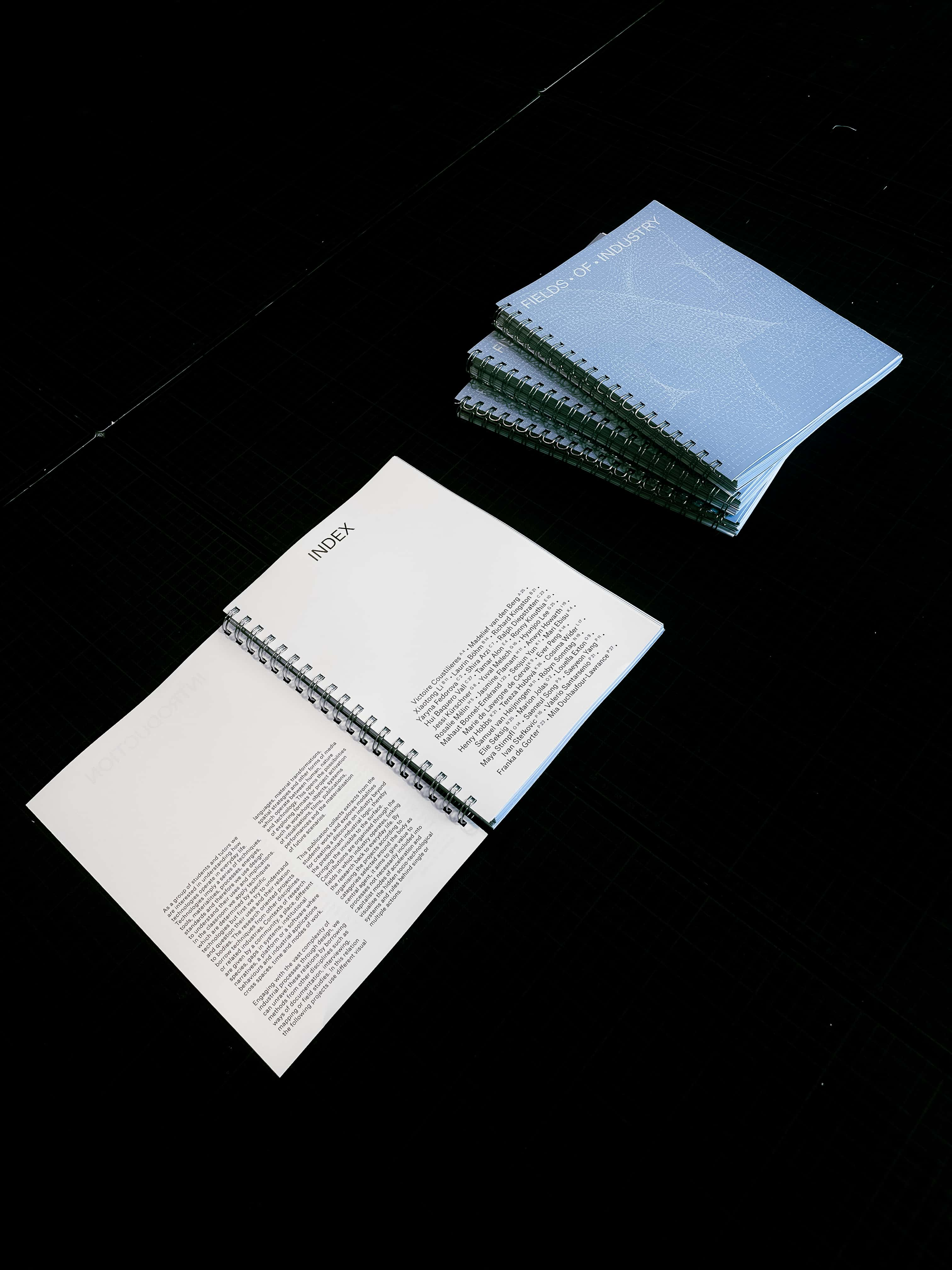WATER RESISTANT
02 – 2024ABOUT
„WATER-RESISTANT" studies the digital water simulation and its impact on the physical world. Industrial attitudes toward water, digitally defined, manifest itself through simplified parameters that influences and replaces our behavior towards it. Infrastructures have taken control over water, deta- ched from its natural essence. The water simulation disregards wetness, wear, and the interior, emphasizing an increasing „line," reducing water to volume and surface.
This crafts a fictional truth, symbolizing complete water control. The physical world replicates the simulation's goals, transforming reality into a simulation of a fiction. The physical water becomes a new form and material defined by the industrial idea of control and embodies our attitude towards it. Graphical Elements are depicting the established line and how the digital creates foreign water bodies by a mesh, resolution and closed volumes.
The project was exhibited at z33 – Belgium.
This crafts a fictional truth, symbolizing complete water control. The physical world replicates the simulation's goals, transforming reality into a simulation of a fiction. The physical water becomes a new form and material defined by the industrial idea of control and embodies our attitude towards it. Graphical Elements are depicting the established line and how the digital creates foreign water bodies by a mesh, resolution and closed volumes.
The project was exhibited at z33 – Belgium.


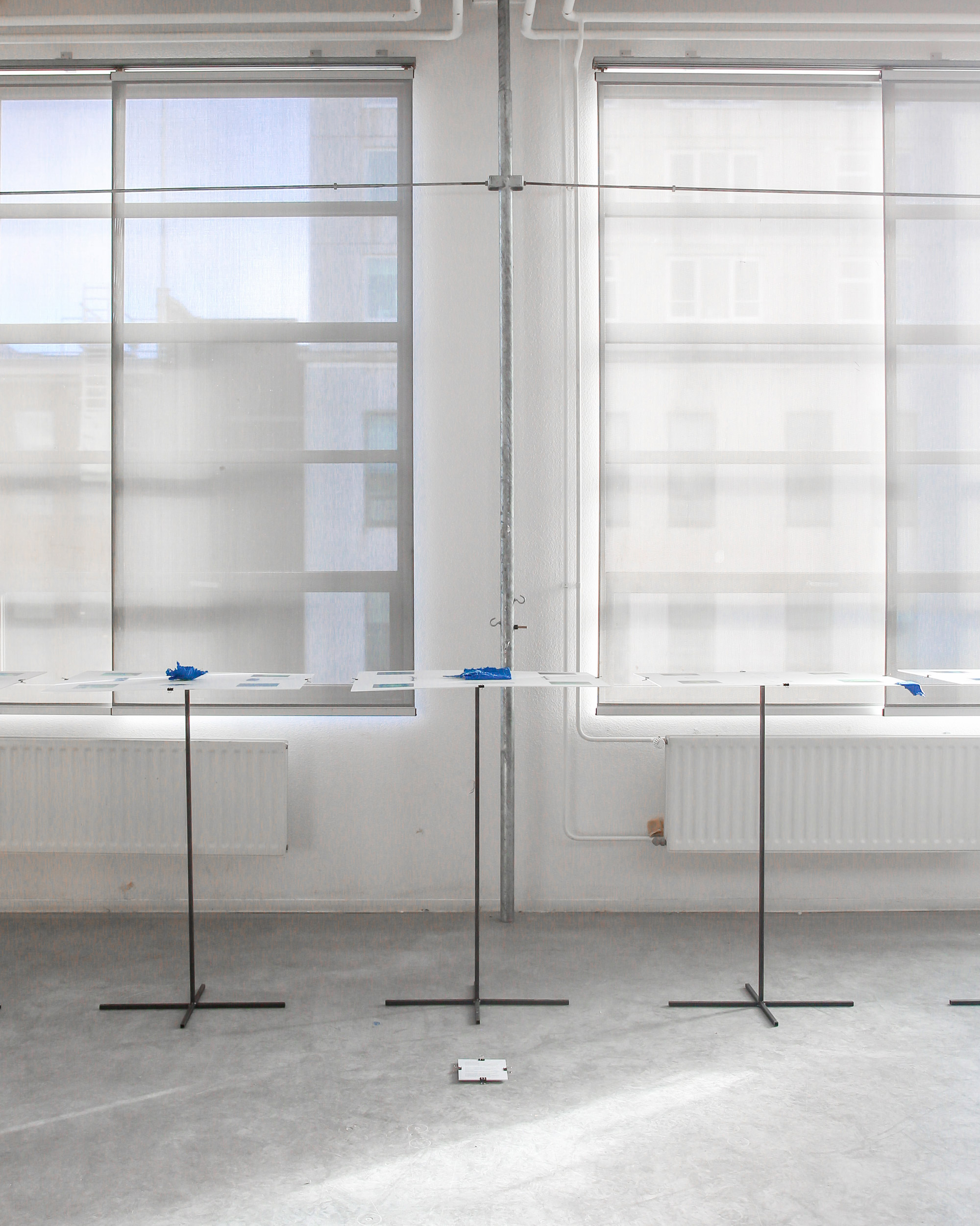
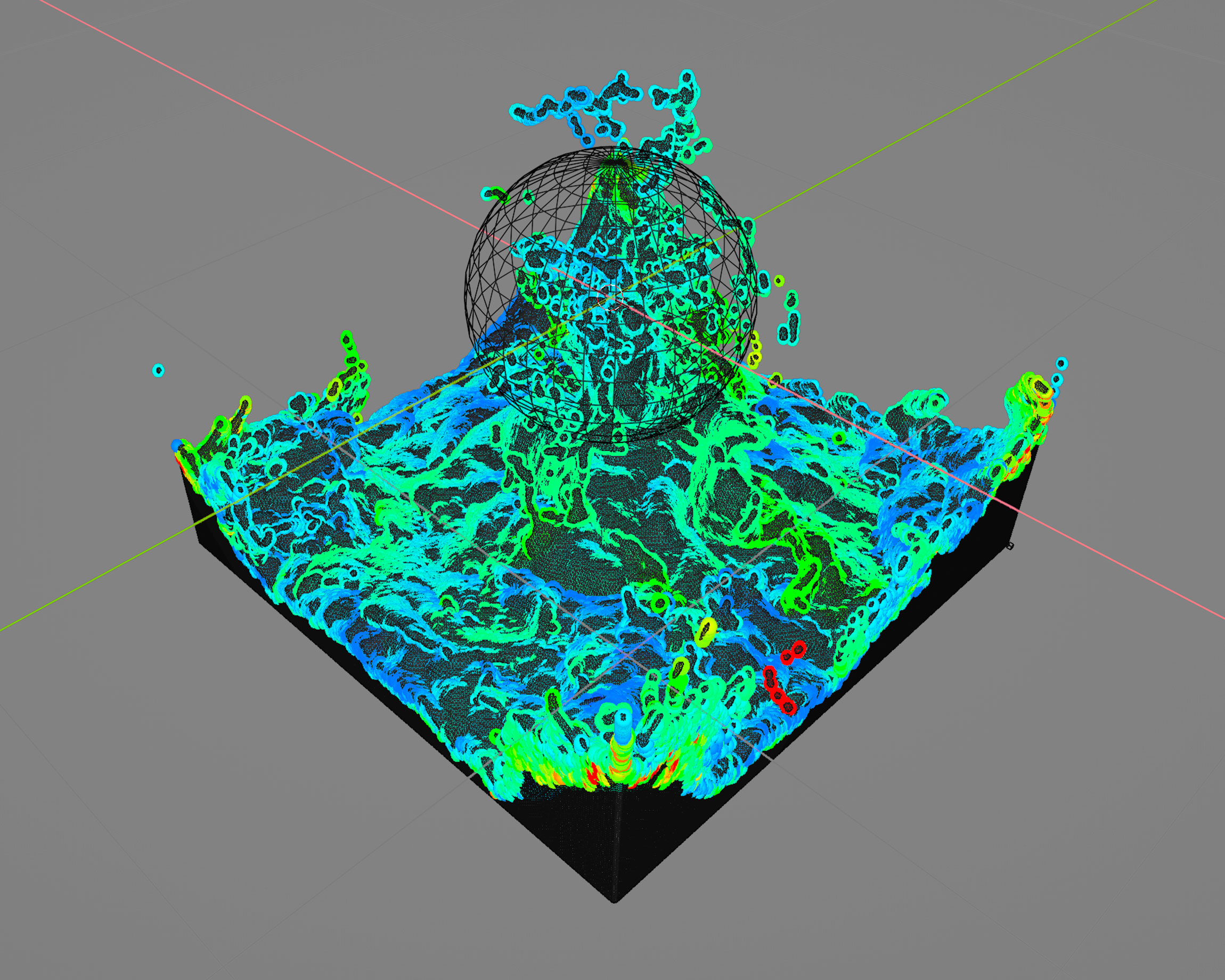
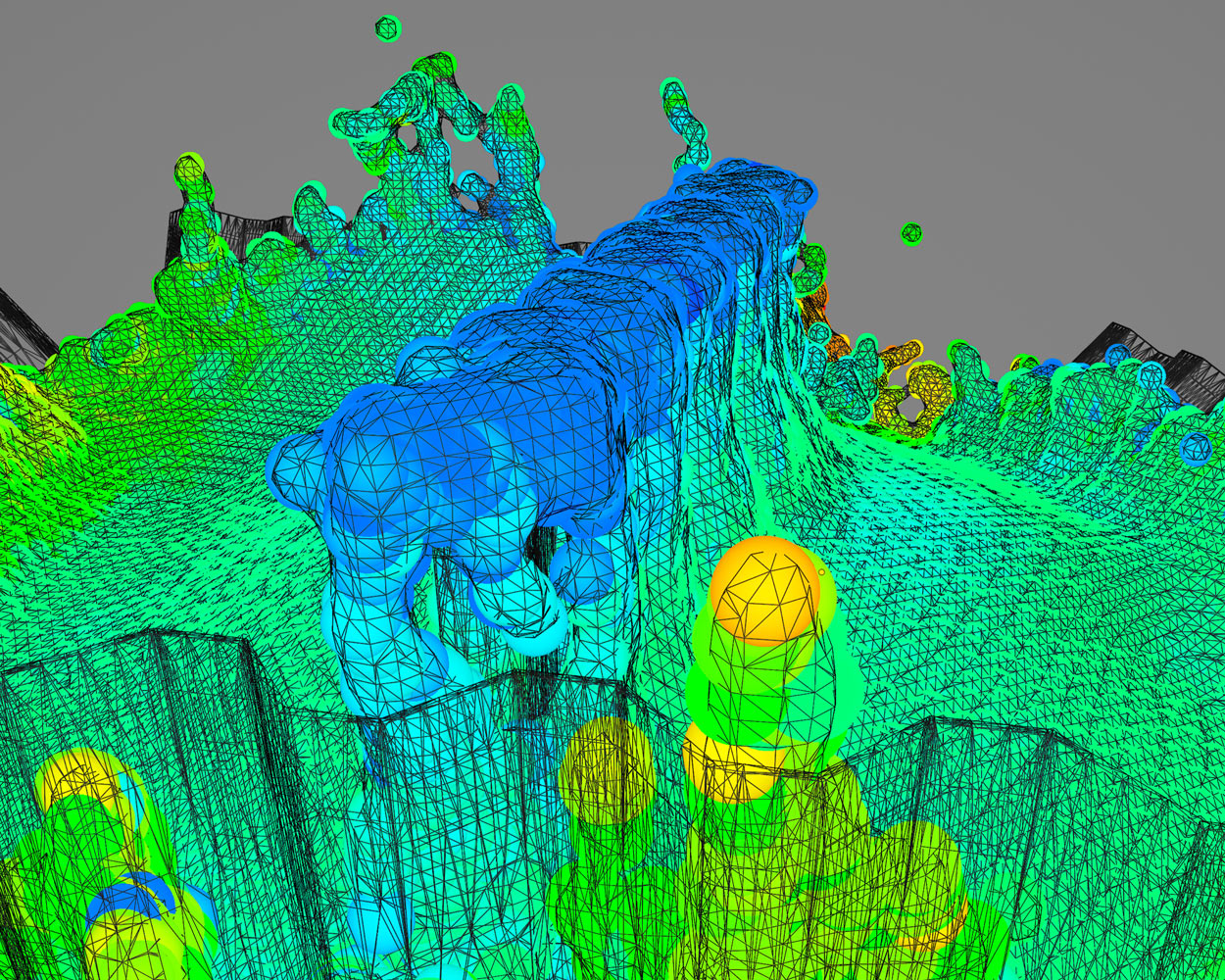
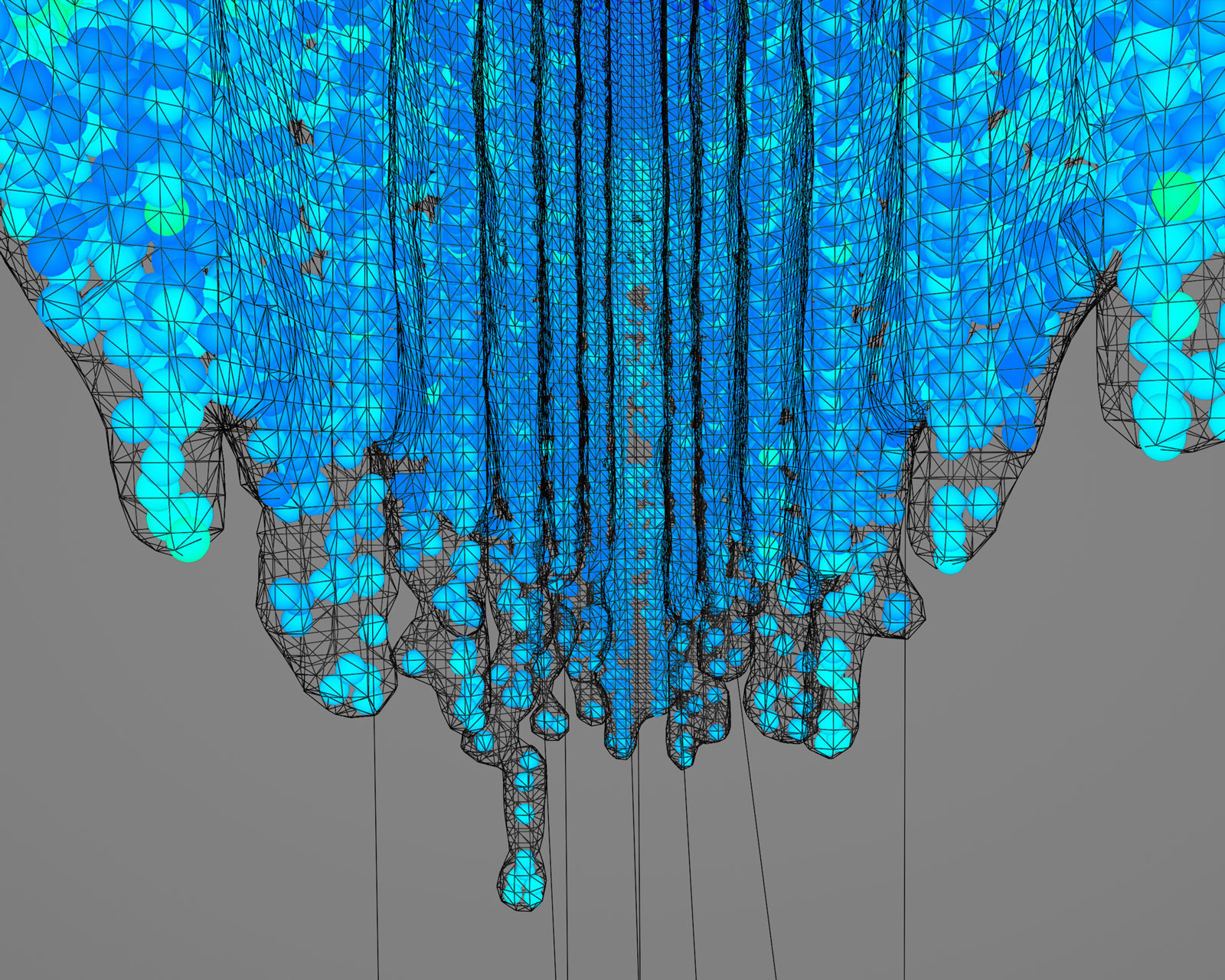
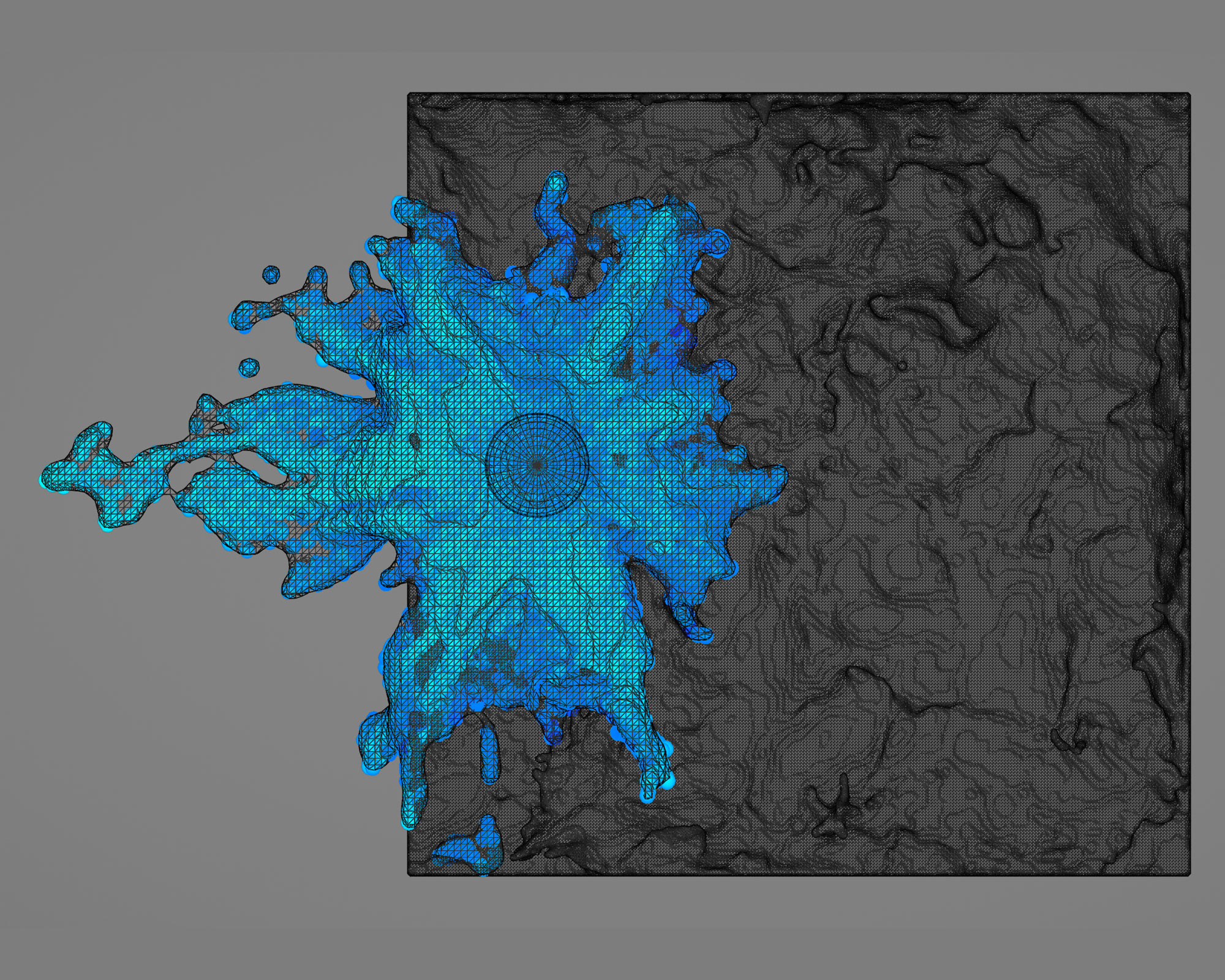
Z33 – EXHIBITION
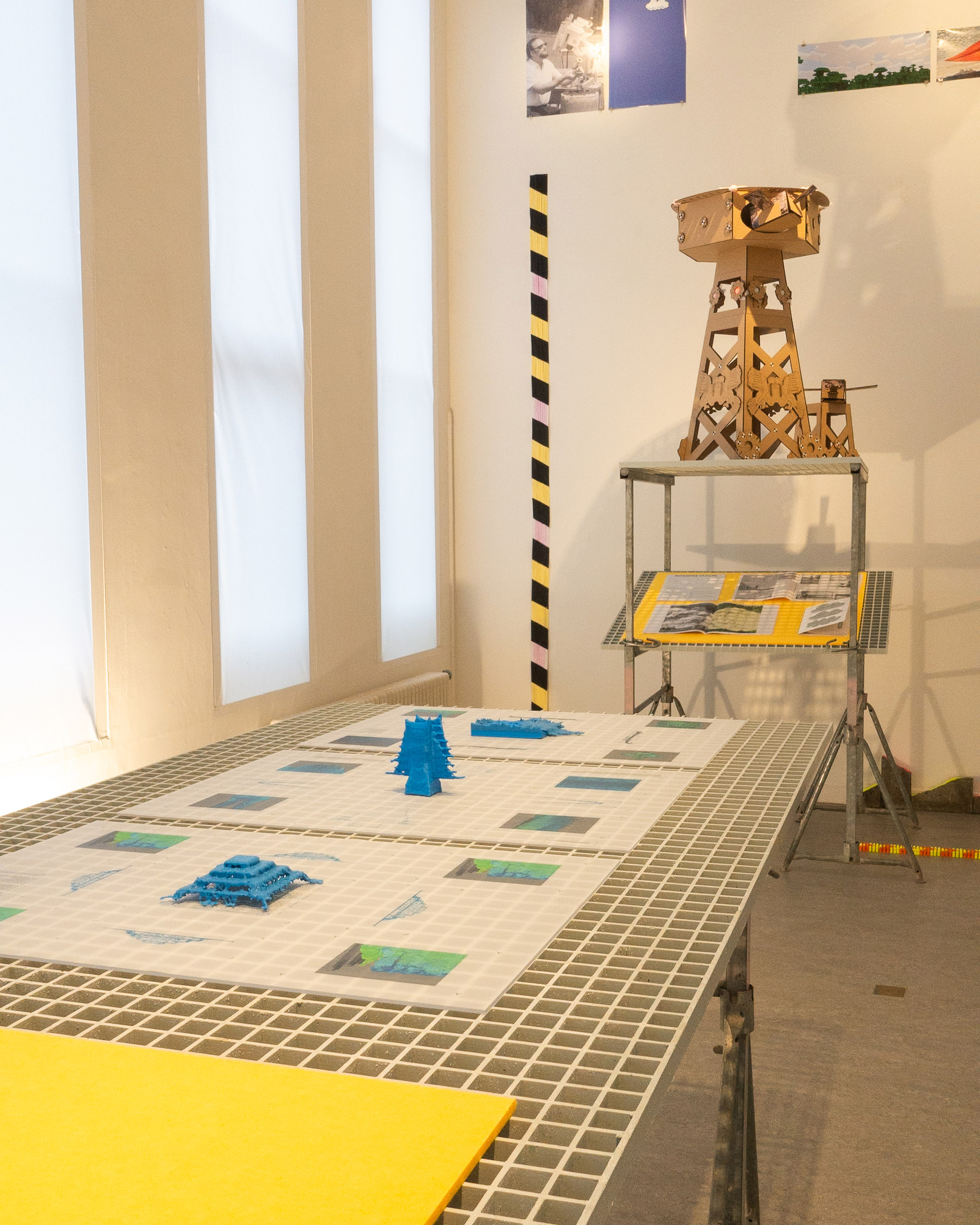

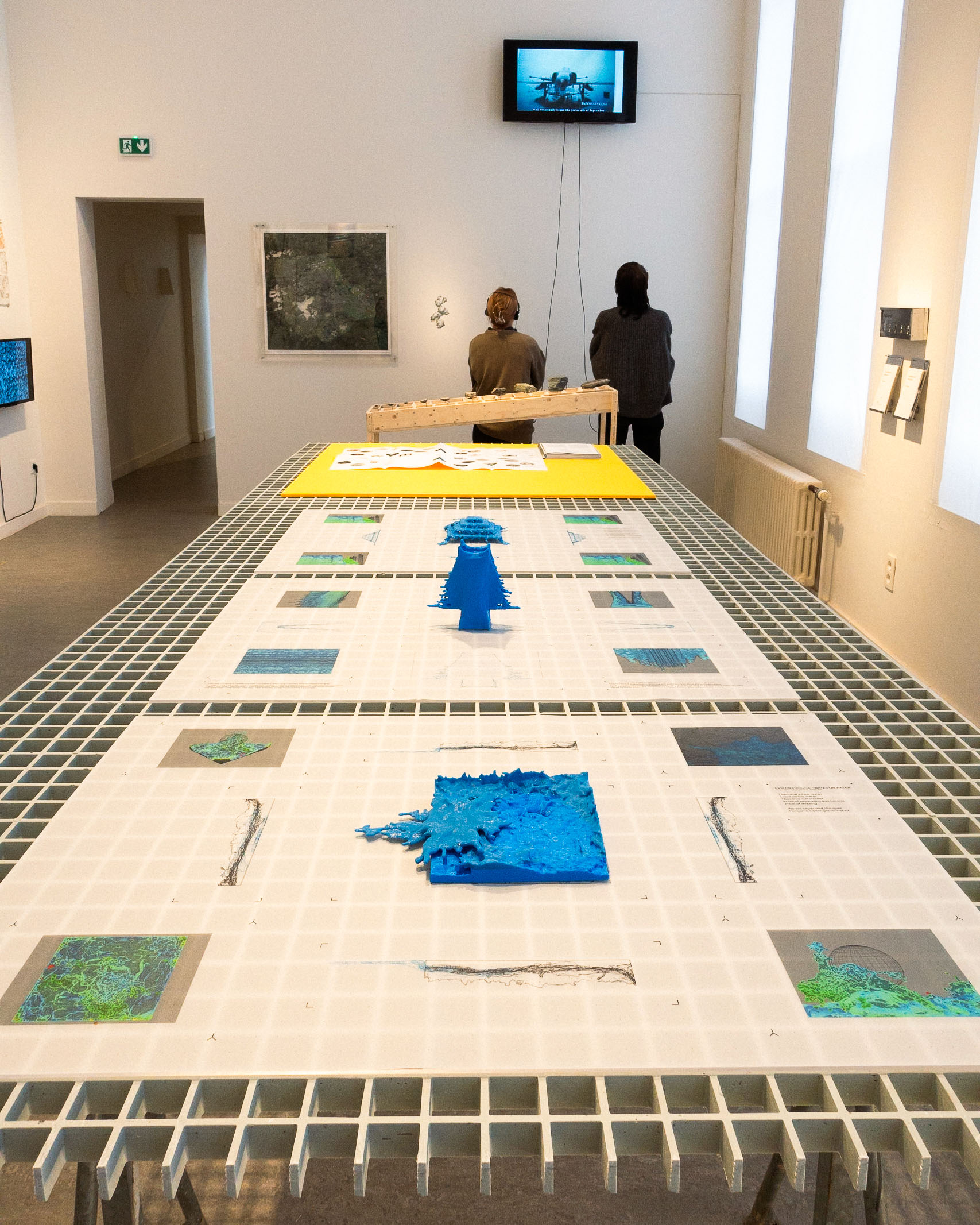
Z33 – PUBLICATION
Together with Hui Baquero, Mari Ebisu and Tamar Alon we designed a publication for the Studio Technogeographies in which a phenomenon of the individual student projects is graphically represented.
The publication continues the series of atlases previously designed by Christoph Miler (offshore studio).
The publication is intended as a graphic orientation of an industrial field, which is covered and explored by the students in a wide variety of areas.
A map is integrated into the book which, after positioning the projects within the fields, assigns a coordinate to each student, which then functions as a page number and geographical orientation.
The publication was also guiding through the "fields of industry" exhibition at Z33
The publication continues the series of atlases previously designed by Christoph Miler (offshore studio).
The publication is intended as a graphic orientation of an industrial field, which is covered and explored by the students in a wide variety of areas.
A map is integrated into the book which, after positioning the projects within the fields, assigns a coordinate to each student, which then functions as a page number and geographical orientation.
The publication was also guiding through the "fields of industry" exhibition at Z33


